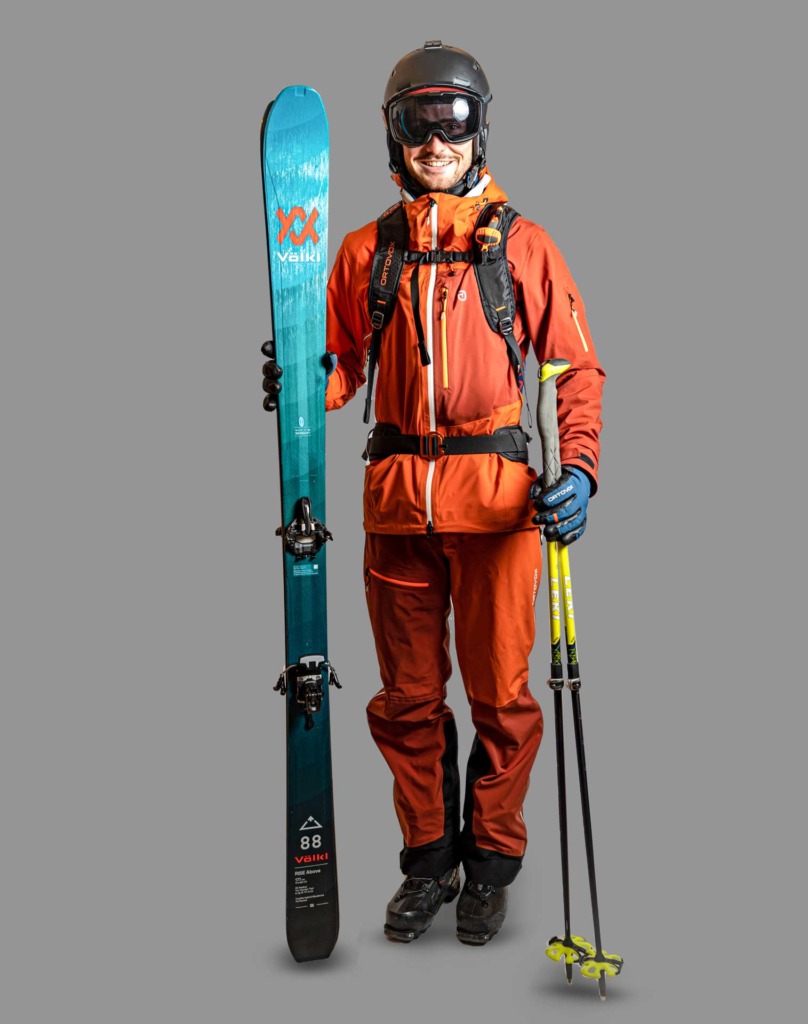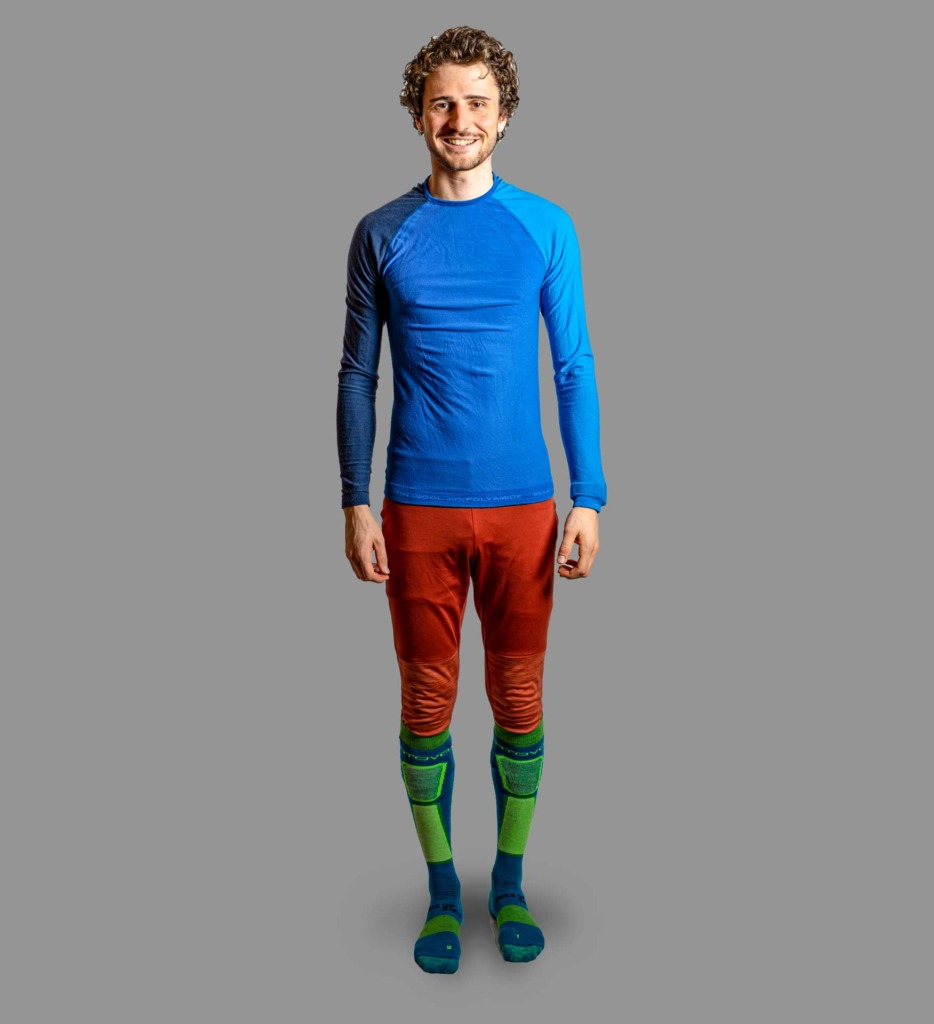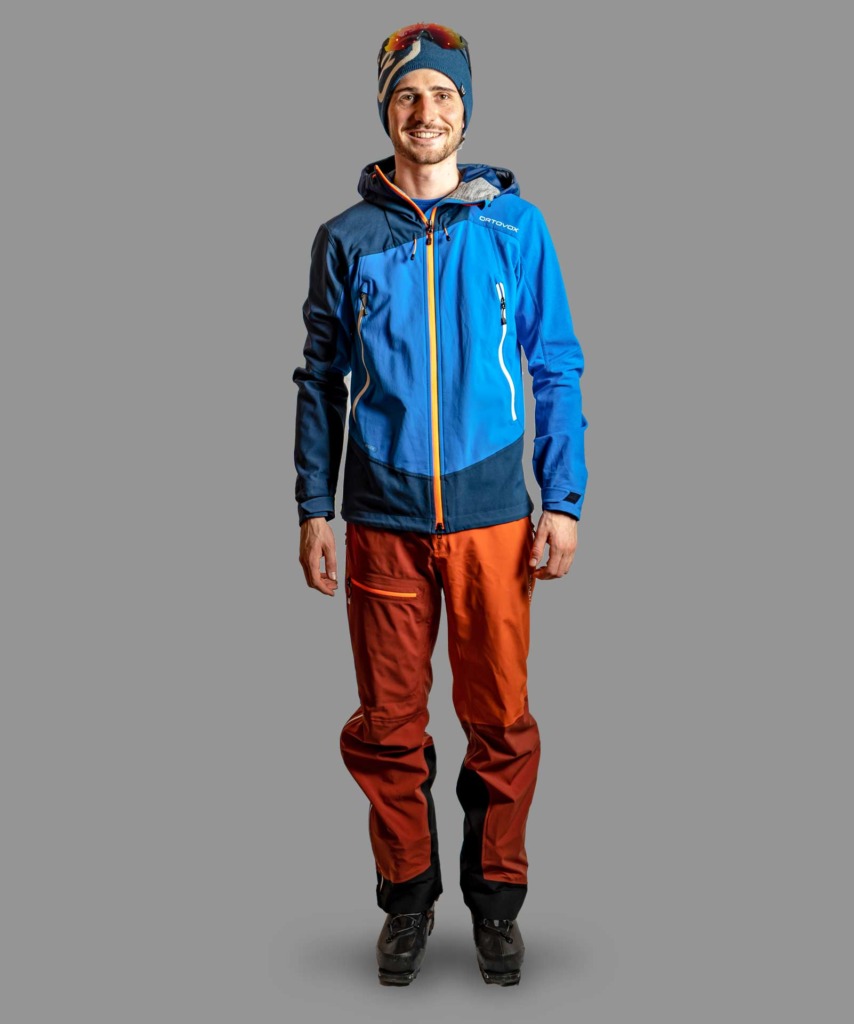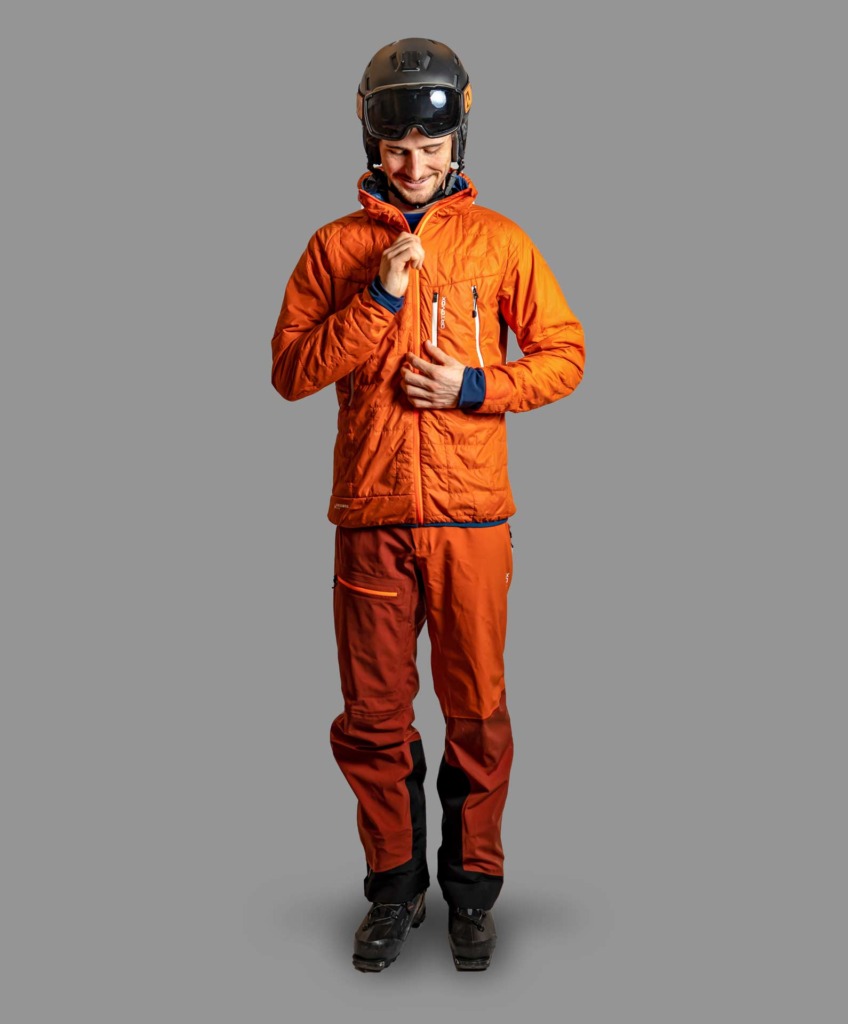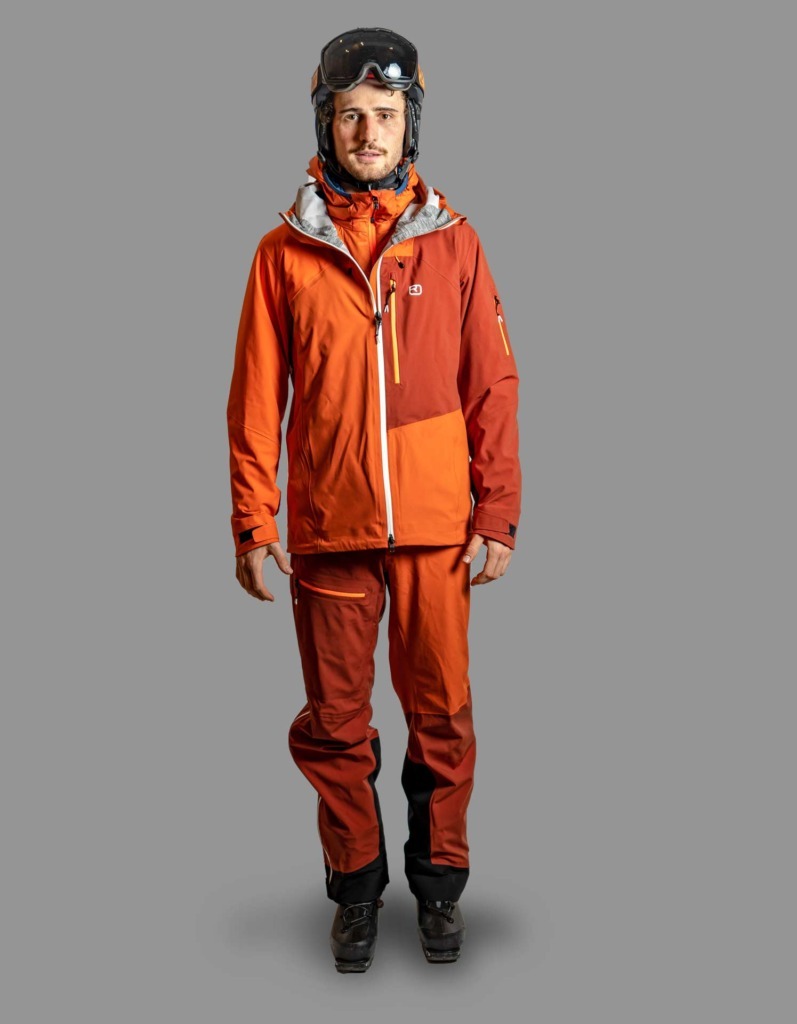Ski touring clothing – how the multi layer principle works
everything you always wanted to know about gear
how to
Touring ski poles – best without straps!
Studies on the reduction of avalanche hazards also point to pole straps. Studies have shown that the touring pole with a basket functions like an anchor and people with hands …
Ski touring boots – stepping out and storage
Ski touring boots stepping out and storage Before getting out of the touring boot, activate the hiking mechanism, open the outer velcro strap, lacing systems and buckles. Press the shell …
Are you well prepared?
